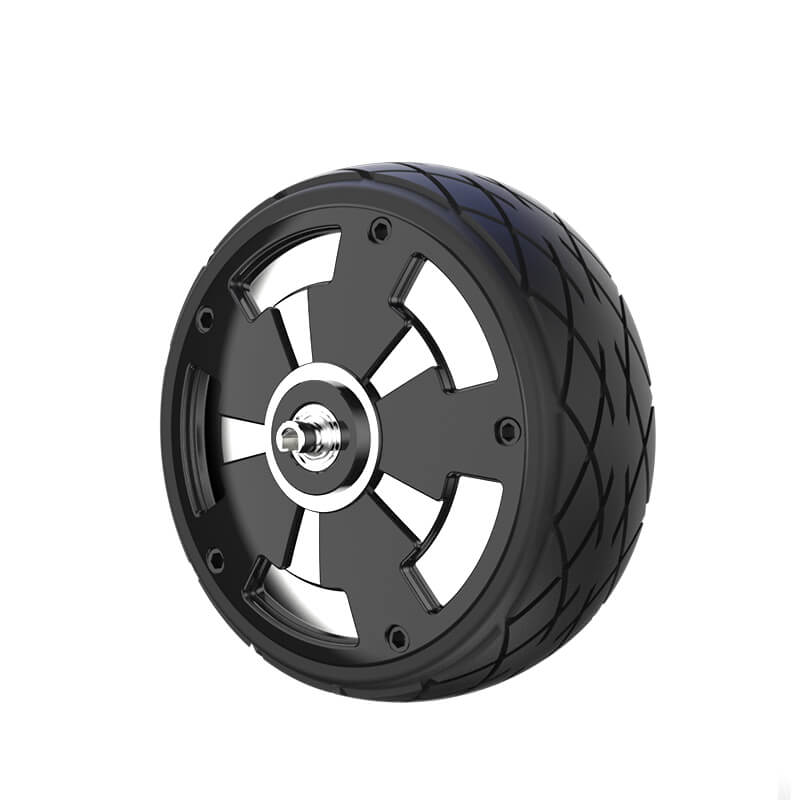Imagine this: you’re deep into building a cloud-native application, and the last thing you want is a tangled mess of code that makes future updates feel like pulling teeth. That’s where spring microservices design patterns come into play. Everyone talks about microservices like it’s the golden ticket, but what really makes a difference is how you structure those services—like laying out a city with smart zoning rather than chaos.

First off, think about the principle of service independence. You want each microservice to be self-contained, executing a specific business function without depending too heavily on others. The standalone independence reduces system-wide failures, like a ripple effect that wipes out your entire app. Take, for instance, a payment microservice—it handles all transactions with tight focus, allowing you to update or scale it without touching the entire architecture.
Now, what about communication? It’s not enough to just have singleton services; they need to talk smoothly. Think REST APIs, message queues, or event-driven architecture. It’s like a well-organized social network—each microservice shares updates precisely when needed, avoiding unnecessary chatter that can slow things down. An interesting pattern here is event sourcing where changes are stored as an immutable sequence of events—makes debugging and auditing a breeze because everything’s traceable.
Here’s a question that comes up often: How do you keep data consistent across multiple microservices? The answer isn’t always simple—CAP theorem plays a role. Instead of trying to force perfect consistency, some teams adopt eventual consistency, which is a lot like waiting for a friend to message back—you know they will, but not immediately. Implementing saga patterns helps manage complex transactions, breaking big tasks into smaller, manageable steps that recover gracefully if something breaks.
And then, there’s the real art—balancing microservices granularity. Too fine, and you drown in a sea of tiny, hard-to-manage units. Too coarse, and you lose the agility microservices promise. Sometimes, one microservice handles user profiles, while another manages authentication. Sometimes, you combine them if they’re tightly coupled. It’s a bit like juggling different balls—you figure out what works best through experience.
So, what’s the takeaway? It’s all about smartly designing your microservices—they should be robust, loosely coupled, and resilient. Patterns like API gateways, circuit breakers, and service discovery are your friends—they make your system more reliable. When you get these patterns right, scaling becomes effortless, and your application stays healthy, no matter what load hits it.
Bottom line? If you’re thinking about adopting microservices, don’t just dive in randomly. Instead, think about patterns, strategy, and future growth. Your future self will thank you for building a system that’s flexible, maintainable, and ready to evolve in this fast-changing tech world.
Established in 2005, Kpower has been dedicated to a professional compact motion unit manufacturer, headquartered in Dongguan, Guangdong Province, China. Leveraging innovations in modular drive technology, Kpower integrates high-performance motors, precision reducers, and multi-protocol control systems to provide efficient and customized smart drive system solutions. Kpower has delivered professional drive system solutions to over 500 enterprise clients globally with products covering various fields such as Smart Home Systems, Automatic Electronics, Robotics, Precision Agriculture, Drones, and Industrial Automation.




































